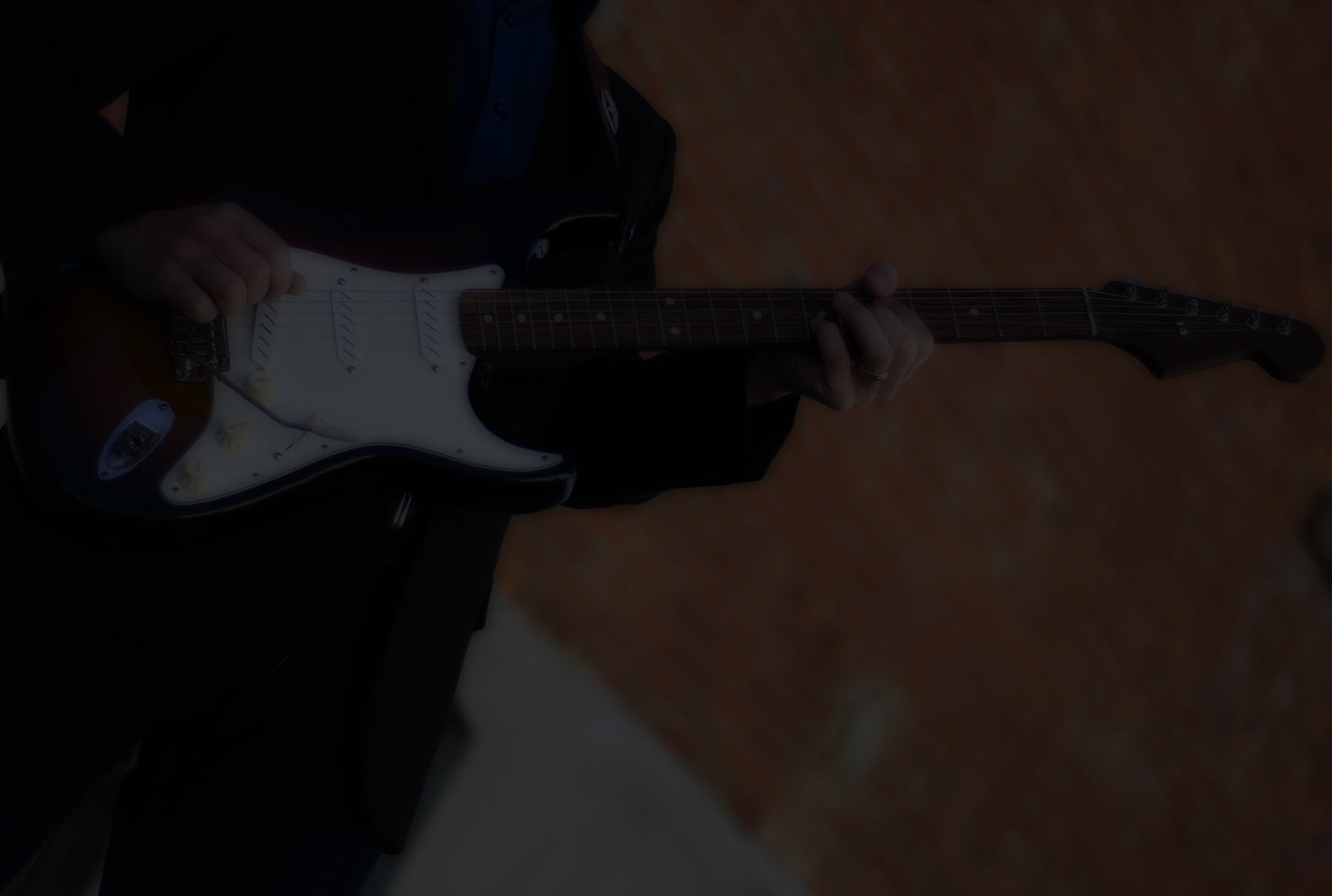Heres a cheeky Blues in A
It's great to watch you improvise. Sounds very spontaneous and jolly. Thanks for posting that!
Have you ever tried incorporating a practiced lick here and there, for practice purposes? It's a good idea to do. You can take a couple of licks or so and try to purposely add them into your improv at different places. That way, you get to really connect with the licks and they become easy to add to your jams without thinking much about it. It also helps improve the ear, as you will undoubtedly add them in less than ideal places sometimes, but that's ok. That will lead to your brain automatically searching for better spots for the licks. In other words, you teach yourself where in the tune to best play them, by trial and error.
The next step after that can be to try a couple of more licks but also to modify the licks, and build on them and come up with alterations of them - your own licks. I hope you try this and share with us! 🙂
Man that Whammy bar work is sublime, and it matches the happy in the right space face. Truly a sweet jam, Mr. Marmalade!
Why "Cheeky"? Sounds legit.
Happy New Year, Brother!
@robert This is pure gold advise. What a great way of building and structuring a piece.
Tone, Bends and Rhythm in one man's hands? Mmm Rubber Band Man!
Craig, that is awesome! How do you feel about it yourself? Is it awkard, does it give you confidence, inspiration, freedom or restriction?
I will always claim that reusing ideas is an important part of practicing. We need to have a framework upon which we can build further. Creating something great out of nowhere usually doesn't work well.
Next thing you can try is to play a lick you like on a certain spot in the progression. Maybe when you go from I chord to IV chord. I heard you do this on the V chord - awesome. Now, try playing it somewhere else in the progression. Does it sound as good? If not, figure out why (feel free to ask me).
Next, try playing 2 licks back to back, using the same approach as above.
How about you try adding a lick you like, but instead of ending as you learned it, add a few more notes and try to make it go into the next chord? You can work it out ahead of time, and plan it out. Then try to play it every time you get to the place in the progression where it sounds good.
Another thing that is good to practice is to play the same phrase for every chord in the progression, but you make it fit the chord. This may mean changing some notes depending on the chord. Your goal would be to only change the notes that clash or fit with the chord tones for each chord.




